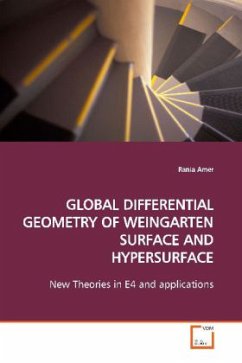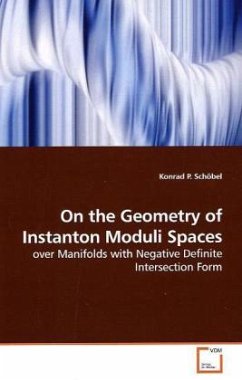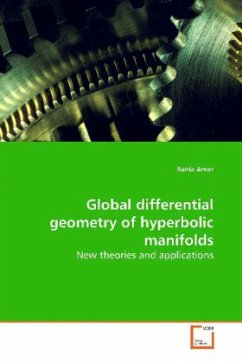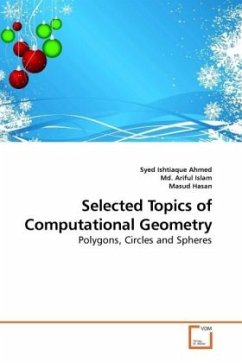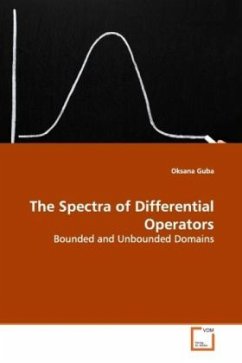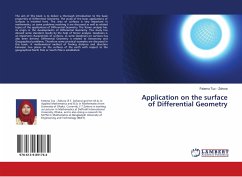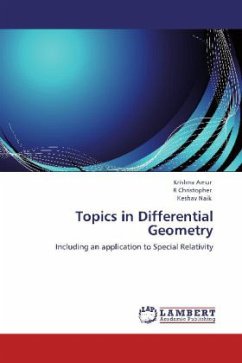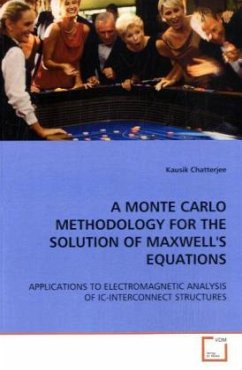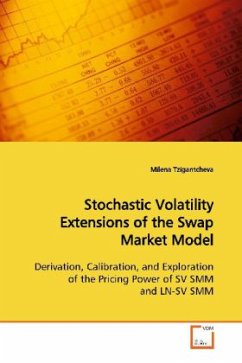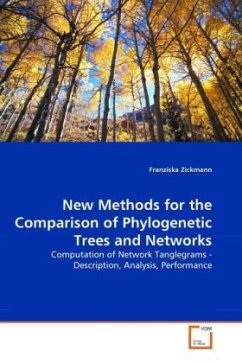
Topics In The Differential Geometry of Supermanifolds
Super Holonomy Theorem
Versandkostenfrei!
Versandfertig in 6-10 Tagen
32,99 €
inkl. MwSt.

PAYBACK Punkte
16 °P sammeln!
The book combines the algebraic and differentialgeometric approaches to supermanifold theory. Itbegins with a superspace, constructed by taking theCartesian product of copies of the even and odd partsof an infinite-dimensional Banach Grassmann algebra.The superspace serves as a model space of G-infinitesupermanifolds. The theory of super Lie groups andsuper Lie algebras, (in particular the existencetheorems on super Lie groups) is given. Superprincipal fiber bundles equipped with connections andthe action of super Lie groups and supervector fieldsare introduced. The concept of parallel transpo...
The book combines the algebraic and differential
geometric approaches to supermanifold theory. It
begins with a superspace, constructed by taking the
Cartesian product of copies of the even and odd parts
of an infinite-dimensional Banach Grassmann algebra.
The superspace serves as a model space of G-infinite
supermanifolds. The theory of super Lie groups and
super Lie algebras, (in particular the existence
theorems on super Lie groups) is given. Super
principal fiber bundles equipped with connections and
the action of super Lie groups and supervector fields
are introduced. The concept of parallel transport
along smooth curves is introduced in the same way as
in conventional differential geometry. It is shown
that a smooth curve in the base space can be lifted
uniquely into the bundle and that parallel
displacements along closed smooth curves form a
group, the super holonomy group . It is further
shown that the group is a sub-super Lie group of the
structure group of the bundle. The result follows
from the super analogues of the Freudenthal theorem
and the reduction theorem of bundles. The book
concludes with a proof of a super version of the
Ambrose-Singer holonomy theorem.
geometric approaches to supermanifold theory. It
begins with a superspace, constructed by taking the
Cartesian product of copies of the even and odd parts
of an infinite-dimensional Banach Grassmann algebra.
The superspace serves as a model space of G-infinite
supermanifolds. The theory of super Lie groups and
super Lie algebras, (in particular the existence
theorems on super Lie groups) is given. Super
principal fiber bundles equipped with connections and
the action of super Lie groups and supervector fields
are introduced. The concept of parallel transport
along smooth curves is introduced in the same way as
in conventional differential geometry. It is shown
that a smooth curve in the base space can be lifted
uniquely into the bundle and that parallel
displacements along closed smooth curves form a
group, the super holonomy group . It is further
shown that the group is a sub-super Lie group of the
structure group of the bundle. The result follows
from the super analogues of the Freudenthal theorem
and the reduction theorem of bundles. The book
concludes with a proof of a super version of the
Ambrose-Singer holonomy theorem.



